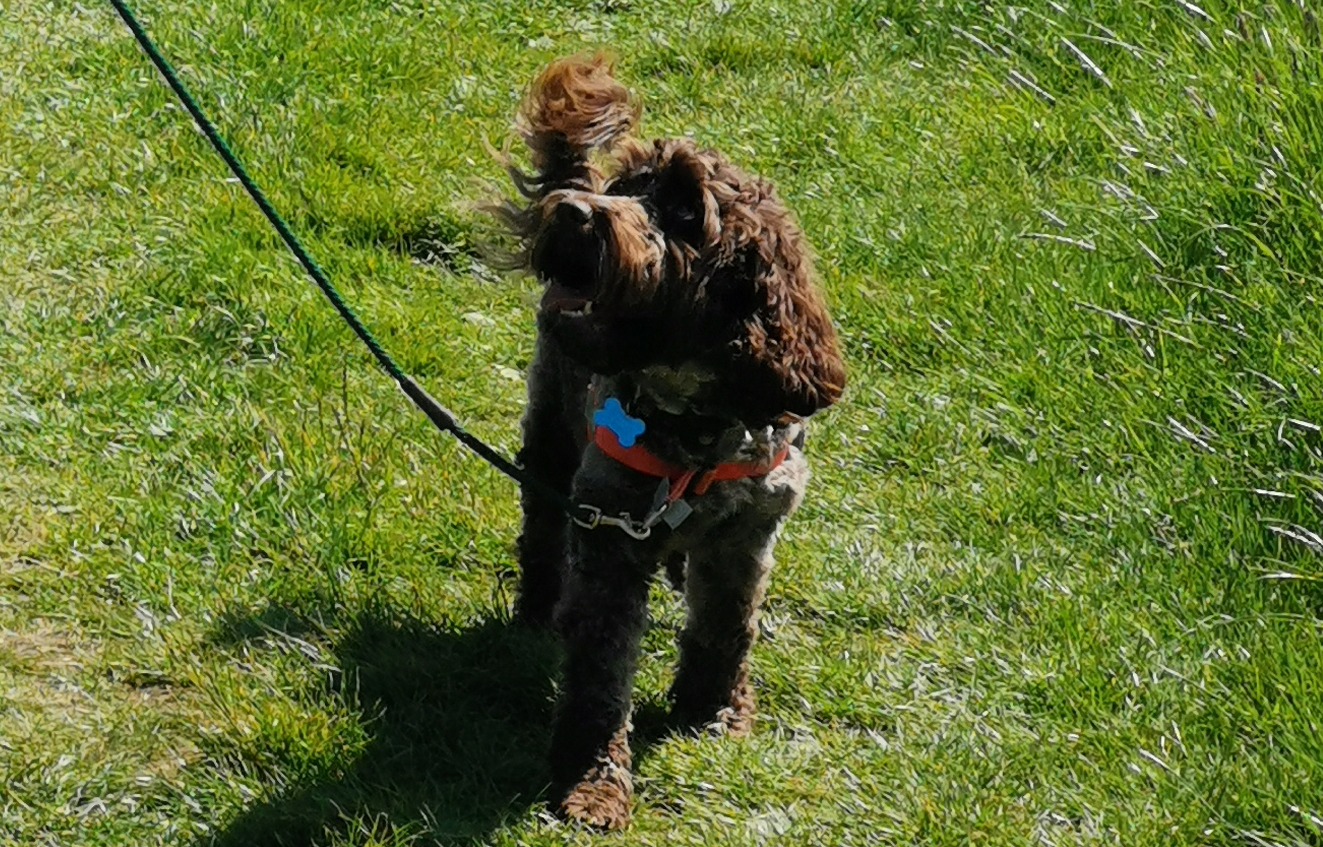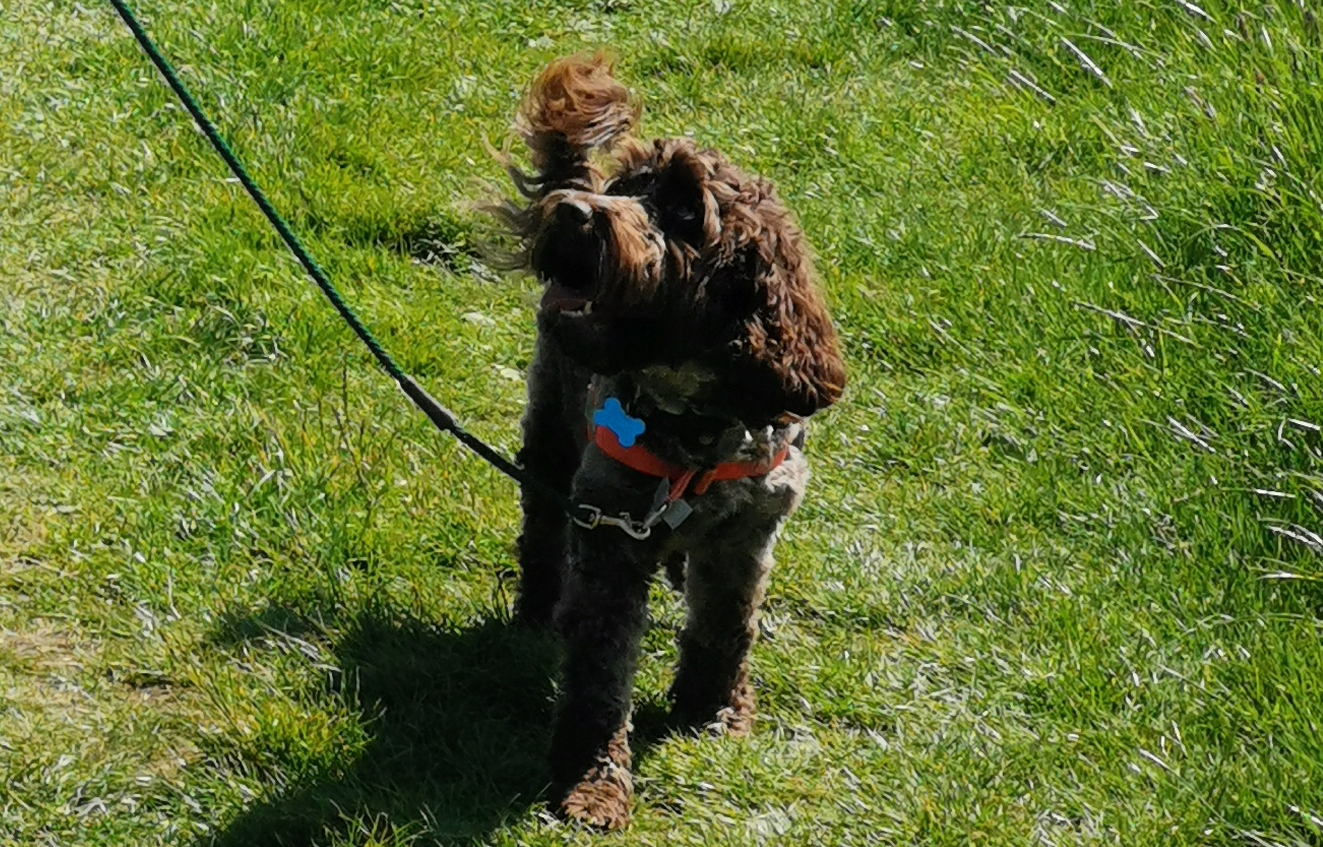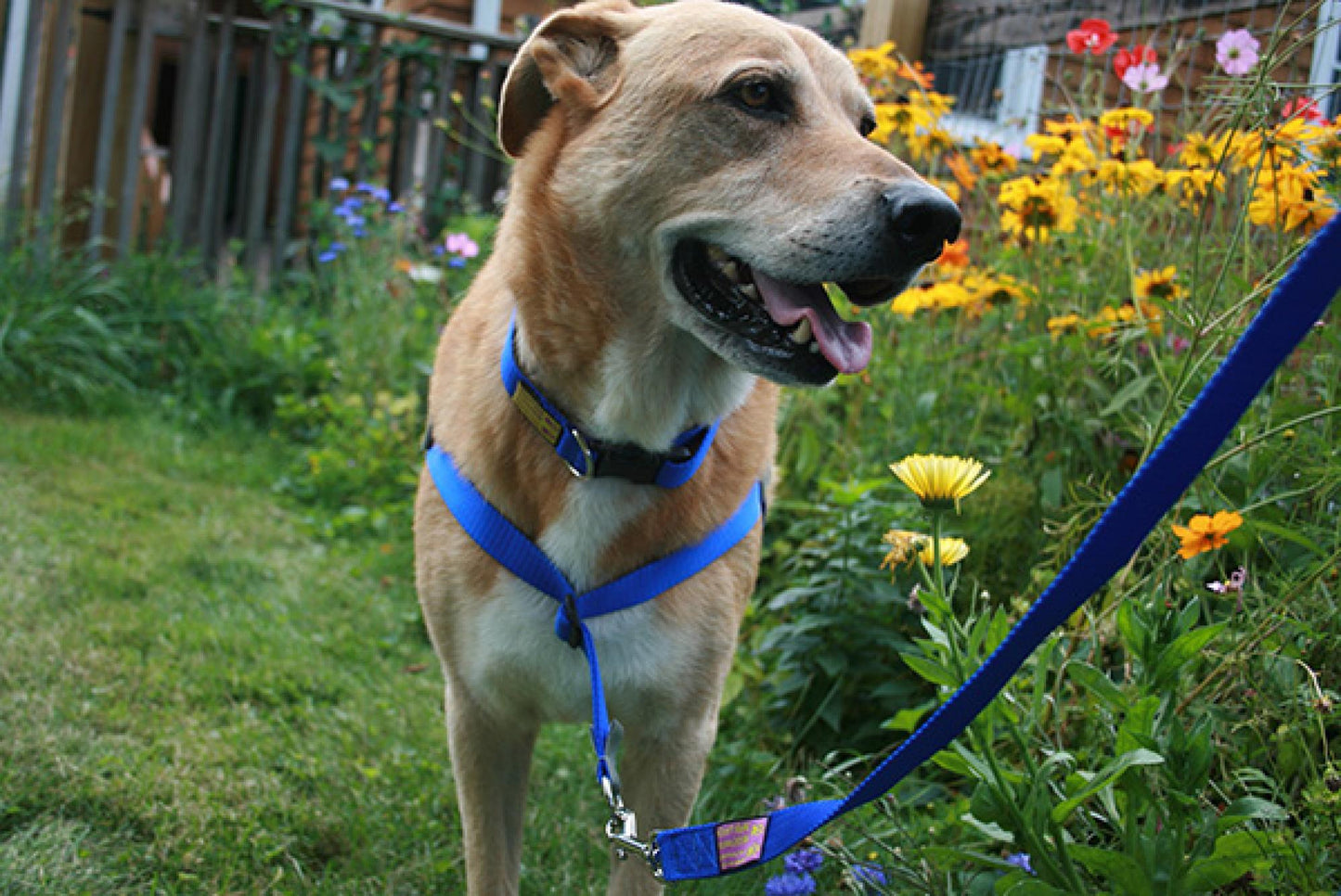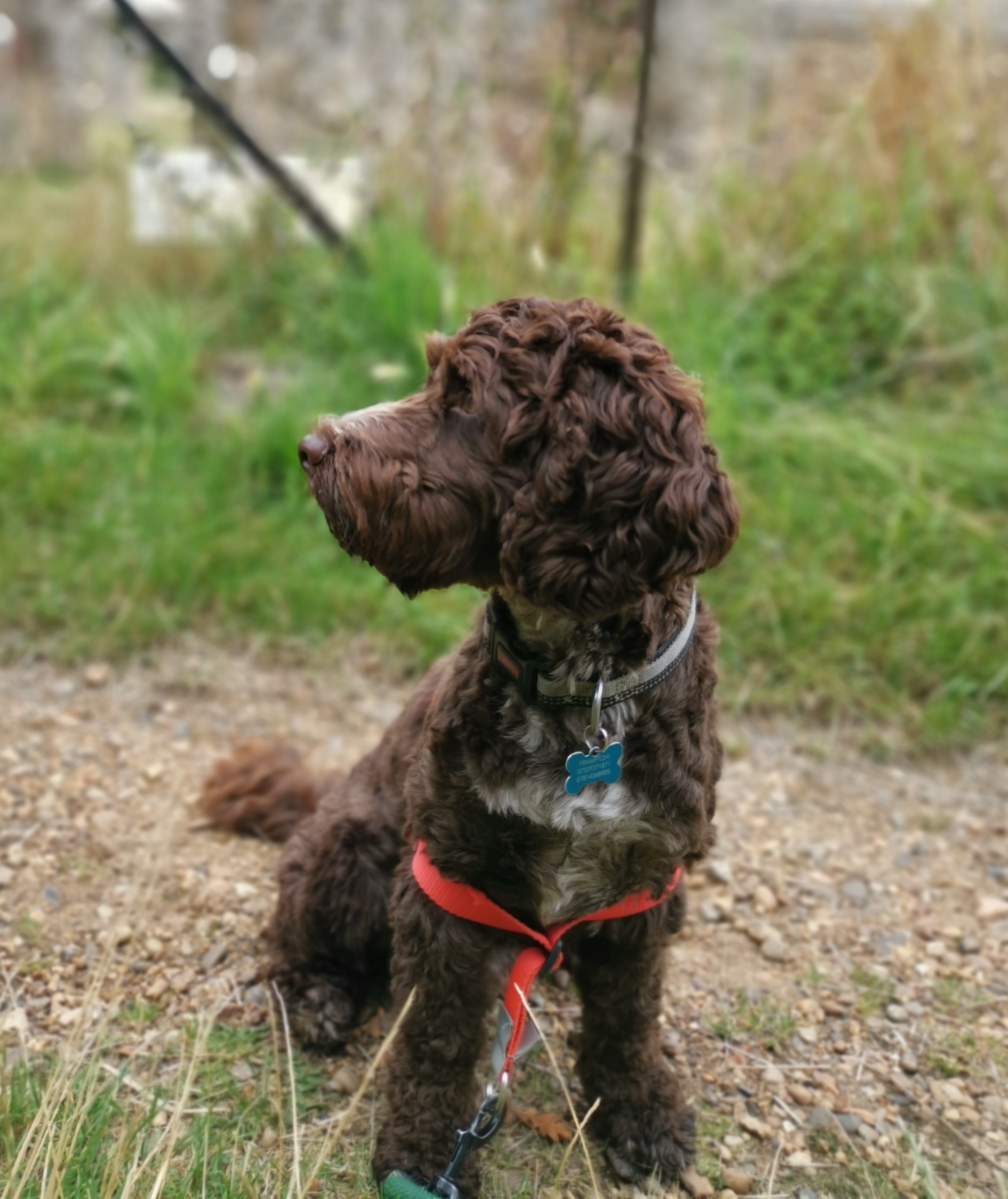Teaching your dog to walk to heel can make your walks more enjoyable and controlled. A well-trained dog that walks calmly by your side is less likely to pull or get into trouble. Here are some effective tips to help you train your dog to walk to heel.
1. Start with Basic Obedience Training
Before teaching your dog to walk to heel, ensure they have mastered basic obedience commands such as sit, stay, and come. These commands provide a foundation for more advanced training.
Key Tips:
- Basic Commands: Ensure your dog responds reliably to sit, stay, and come.
- Positive Reinforcement: Use treats, praise, and play to reinforce good behavior.
- Consistency: Practice basic commands regularly to reinforce obedience.
2. Choose the Right Equipment
Using the right equipment can make a big difference in training. A no-pull harness or a head collar can help you maintain control and guide your dog more effectively.
Key Tips:
- No-Pull Harness: Reduces pulling and provides better control.
- Head Collar: Helps guide your dog’s head and body direction.
- Lead Length: Use a standard lead (4-6 feet) to maintain control and prevent tangling.
3. Establish the Heel Position
Teach your dog where the heel position is by keeping them at your side. Use treats to lure them into position and reward them when they stay there.
Key Tips:
- Treat Lure: Hold a treat in your hand at your side to guide your dog to the heel position.
- Consistent Side: Choose one side (left or right) and stick to it for consistency.
- Reward: Give treats and praise when your dog stays in the correct position.
4. Start Training Indoors
Begin training in a distraction-free environment, such as inside your home or in your backyard. This helps your dog focus on you without the distractions of the outside world.
Key Tips:
- Distraction-Free Zone: Start in a quiet area to help your dog focus.
- Short Sessions: Keep training sessions short and positive to maintain your dog’s interest.
- Gradual Increase: Gradually increase the level of distractions as your dog becomes more comfortable.
5. Use Positive Reinforcement
Positive reinforcement is key to successful training. Reward your dog with treats, praise, and affection when they walk to heel. This encourages them to repeat the behavior.
Key Tips:
- Treats and Praise: Use high-value treats and enthusiastic praise to reward your dog.
- Immediate Rewards: Reward immediately to reinforce the connection between the behavior and the reward.
- Consistent Rewards: Be consistent with rewards to reinforce good behavior.
6. Practice Short Distances
Start by practicing walking to heel over short distances. Gradually increase the distance as your dog becomes more proficient. This helps build their endurance and focus.
Key Tips:
- Short Walks: Begin with short distances to build your dog’s confidence.
- Frequent Breaks: Take breaks to prevent your dog from becoming overwhelmed.
- Gradual Increase: Slowly increase the distance as your dog improves.
7. Use Verbal Cues
Incorporate a verbal cue, such as "heel" or "close," to signal your dog to walk by your side. Use the cue consistently and always reward your dog for responding correctly.
Key Tips:
- Clear Cue: Choose a clear, simple cue word.
- Consistent Use: Use the cue consistently during training sessions.
- Reinforcement: Reward your dog every time they respond correctly to the cue.
8. Keep Training Sessions Fun
Make training sessions enjoyable for your dog by incorporating play and positive interactions. This keeps your dog motivated and eager to learn.
Key Tips:
- Positive Atmosphere: Maintain a positive, upbeat tone during training.
- Incorporate Play: Include short play sessions to keep training fun.
- End on a High Note: Finish each session with a successful, positive experience.
9. Gradually Add Distractions
Once your dog is comfortable walking to heel in a controlled environment, gradually introduce distractions, such as other people, dogs, or new environments. This helps your dog learn to focus on you despite distractions.
Key Tips:
- Incremental Introduction: Slowly introduce distractions to avoid overwhelming your dog.
- Controlled Environment: Practice in familiar areas before moving to more challenging locations.
- Maintain Focus: Use treats and verbal cues to keep your dog’s attention on you.
10. Be Patient and Consistent
Training your dog to walk to heel takes time and patience. Be consistent with your training and remain patient as your dog learns. Progress may be slow, but with persistence, your dog will improve.
Key Tips:
- Patience: Stay calm and patient, understanding that training takes time.
- Regular Practice: Practice regularly to reinforce the behavior.
- Stay Positive: Keep a positive attitude and celebrate small successes.
Conclusion
Training your dog to walk to heel can greatly improve your walking experience and strengthen your bond with your furry friend. By starting with basic obedience, using positive reinforcement, and practicing regularly, you can teach your dog to walk calmly by your side. Remember to be patient and consistent, and enjoy the journey of training your dog. Happy walking! Visit our shop for high-quality training equipment and treats to support your training efforts.










